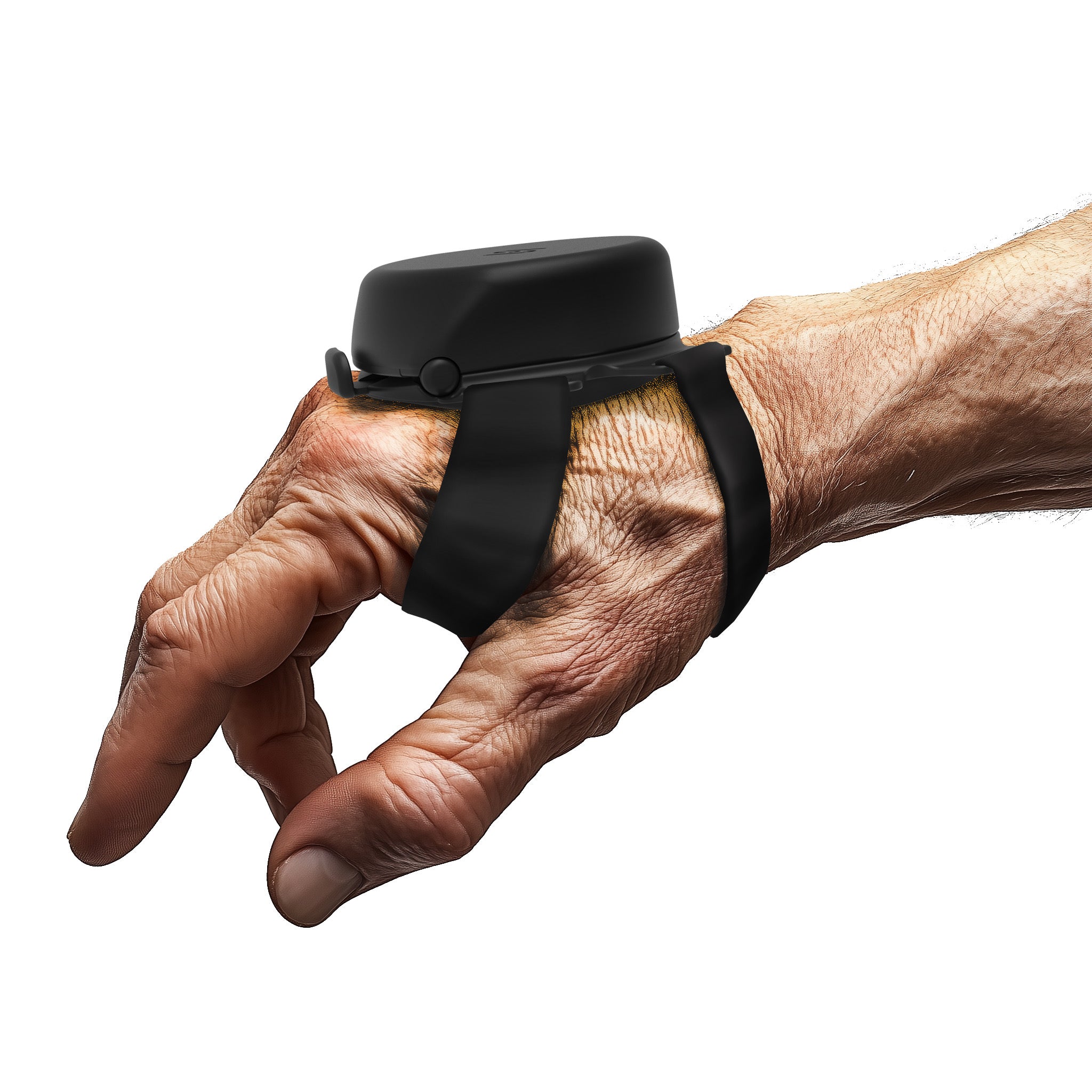Essential Tremor and Parkinson’s Disease are two of the most common neurological conditions that affect motor control. Both can cause uncontrollable shaking, particularly in the hands, making everyday activities such as writing, eating, or using electronic devices challenging. While there’s currently no cure for these conditions, ongoing research and new technologies continue to offer hope for better management. One emerging area of interest is the use of magnesium for tremors, particularly in people with Essential Tremor.
In this article, we’ll explore the connection between magnesium and tremors, the role of this essential mineral in nerve and muscle function, and how Steadiwear’s innovative technologies can help you regain control and independence.
Understanding Tremors and Their Causes
Essential Tremor vs. Parkinson’s Disease
Essential Tremor (ET) is a neurological disorder characterized by involuntary shaking that occurs during voluntary movements—such as drinking from a cup or writing. Its exact cause remains unknown, but research suggests it may be related to genetic and environmental factors, as well as imbalances in certain brain circuits responsible for motor control.
Parkinson’s Disease (PD), on the other hand, is a progressive neurodegenerative condition that affects dopamine-producing neurons in the substantia nigra, a part of the brain responsible for coordinating movement. A drop in dopamine levels leads to symptoms like tremors at rest, stiffness, and slow movement.
While both disorders cause tremors, their triggers and underlying mechanisms differ—making targeted management crucial.
What Worsens Tremors?
Whether caused by Parkinson’s Disease or Essential Tremor, certain factors can worsen symptoms:
-
Medication issues: Irregular dosing or incorrect timing of Parkinson’s medications like Levodopa can cause “off” periods and worsen tremors.
-
Stress and anxiety: Emotional stress releases hormones that intensify shaking and rigidity.
-
Caffeine and stimulants: As a central nervous system stimulant, caffeine can aggravate tremors.
-
Dehydration and heat: Lack of fluids and high temperatures can impact muscle and nerve function.
-
Vitamin and mineral deficiencies: Deficiencies in nutrients such as vitamin B12 or magnesium may contribute to increased tremor activity.
Understanding these triggers can help individuals adapt their lifestyle, treatment plan, and nutrition to minimize symptom severity.
Does Magnesium Help with Tremors?
The Role of Magnesium in the Body
Magnesium is an essential mineral involved in more than 300 enzymatic reactions in the body. It supports nerve transmission, muscle contraction, and overall neuromuscular health—all key factors for individuals managing tremor disorders.
Research suggests that magnesium deficiency can lead to heightened nerve excitability and muscle twitching, which may worsen tremors. By supporting proper nerve communication and muscle relaxation, magnesium for Essential Tremor could help reduce the frequency and intensity of involuntary shaking.
Why Magnesium Glycinate Is Often Recommended
Among the various forms of magnesium supplements, magnesium glycinate is particularly well-absorbed and gentle on the stomach. Its high bioavailability allows for better regulation of nerve and muscle activity, making it one of the most effective forms of magnesium for tremors.
Individuals with Essential Tremor who added magnesium glycinate to their daily regimen have reported improved muscle control and reduced shaking intensity. While more research is needed, early results are promising.
Lifestyle and Dietary Support for Tremor Management
Taking magnesium for Essential Tremor works best as part of a holistic lifestyle approach. Here are key steps to complement supplementation:
1. Eat Magnesium-Rich Foods
Include magnesium-rich foods such as:
-
Spinach and kale
-
Almonds and cashews
-
Avocados
-
Whole grains
These foods support steady magnesium levels naturally and contribute to better nerve and muscle function.
2. Manage Stress
Stress is one of the most common tremor triggers. Relaxation techniques—like deep breathing, light yoga, or meditation—help calm the nervous system and complement the effects of magnesium supplementation.
3. Limit Caffeine and Alcohol
Both caffeine and alcohol can exacerbate tremor symptoms. Gradually reducing caffeine intake and avoiding alcohol can help stabilize the nervous system and improve symptom control.
4. Stay Hydrated
Dehydration can increase tremor intensity. Drinking enough water throughout the day helps maintain muscle and nerve function, particularly when combined with essential nutrients like magnesium.
5. Physical and Occupational Therapy
Working with therapists can improve coordination, balance, and motor control—enhancing the overall benefits of nutritional support and medications.
Steadiwear: Technology for Tremor Control
While nutrition and lifestyle changes are vital, assistive technology offers immediate, practical relief for tremor management.
The Steadi-3 Glove
For individuals living with hand tremors due to Parkinson’s Disease or Essential Tremor, Steadiwear offers the Steadi-3, a Class I medical device designed to stabilize hand movements and reduce tremor amplitude in real time.
Key Features:
-
Smart Fluid Technology: Instantly reacts to and counterbalances tremors without batteries or charging.
-
Battery-Free and Lightweight: Always ready to use, comfortable for daily wear.
-
Clinically Validated: FDA-recognized and developed with scientific precision.
-
Non-Invasive: A drug-free, surgery-free way to regain independence.
Steadiwear’s mission is to empower individuals with neurological tremors to perform daily tasks with greater confidence and control—complementing natural remedies and clinical treatments alike.
Conclusion: Finding Balance Through Magnesium and Innovation
Living with Essential Tremor or Parkinson’s Disease can be challenging, but combining medical care, nutritional balance, and smart technology can make a meaningful difference.
Magnesium—especially magnesium glycinate—shows promise in supporting nerve health and reducing tremor intensity. When paired with proper hydration, stress management, and assistive technologies like Steadiwear’s Steadi-3 glove, individuals can experience improved control and quality of life.
Whether you’re exploring magnesium for tremors or seeking innovative ways to manage symptoms, small changes can lead to steady, lasting improvement.



